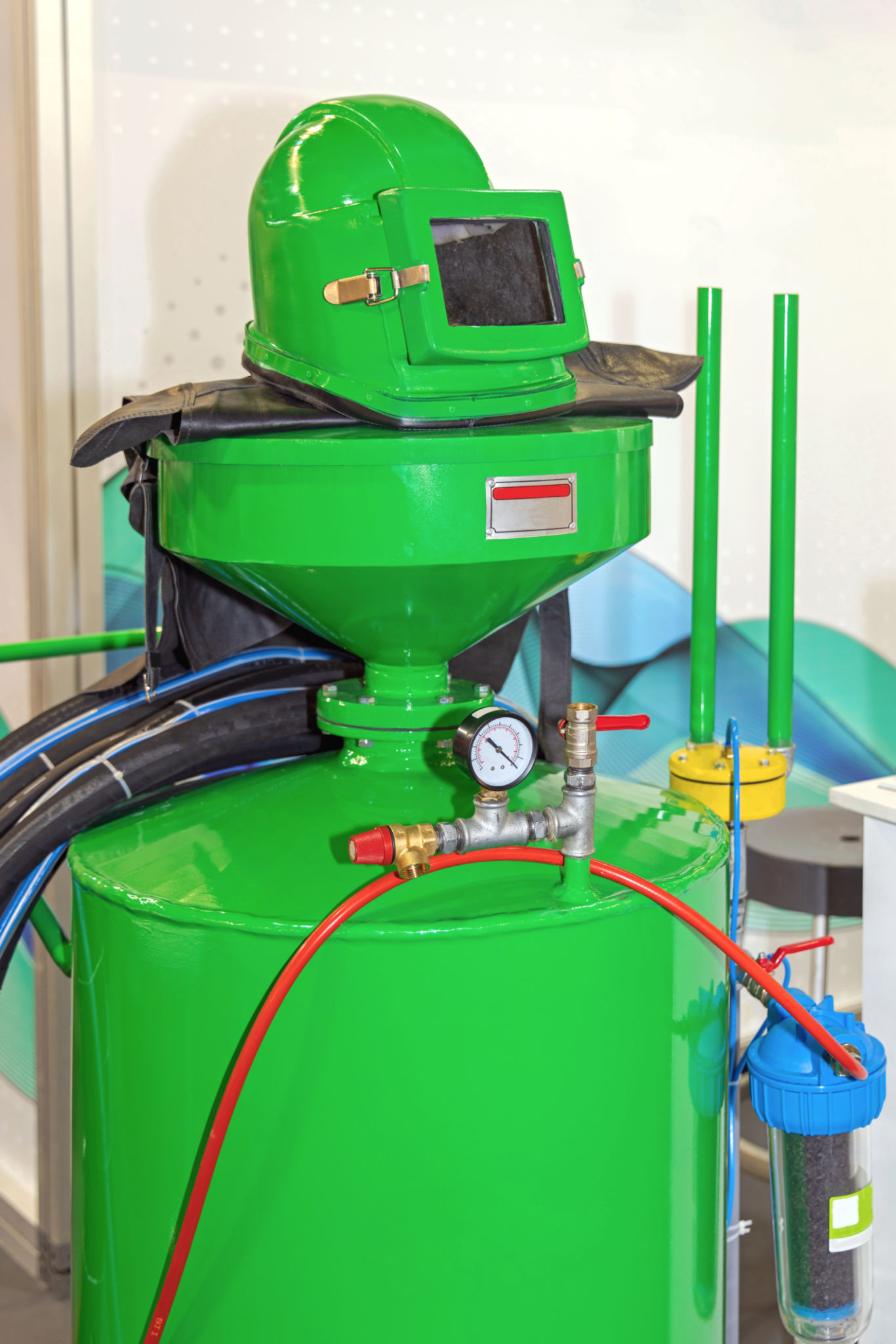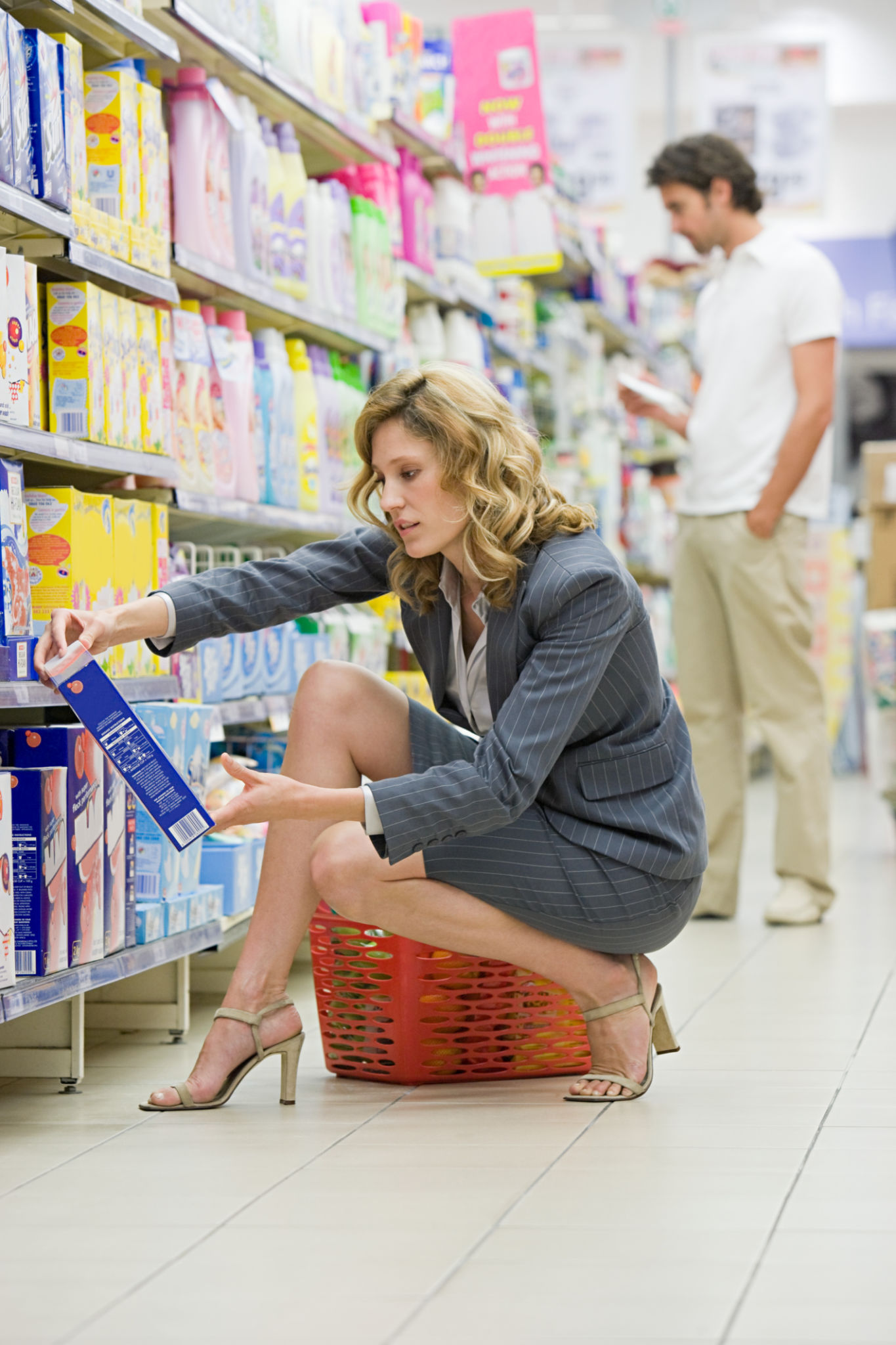Expert Tips for Maintaining Surfaces After Soda Blasting
Understanding Soda Blasting
Soda blasting is an effective and environmentally friendly method for cleaning and restoring various surfaces. This process involves using sodium bicarbonate particles propelled at high speed to remove contaminants without damaging the underlying material. Despite its effectiveness, maintaining surfaces after soda blasting is crucial to ensure longevity and optimal appearance.
After the soda blasting process, surfaces are typically left clean and free of debris. However, they can be more susceptible to environmental factors such as moisture and UV exposure, which can lead to deterioration if not properly maintained. Implementing a maintenance routine is essential for preserving the integrity of soda-blasted surfaces.

Immediate Post-Blasting Care
Once soda blasting is complete, immediate steps should be taken to protect the surface. Start by carefully rinsing the area with water to remove any remaining soda residue. This step is crucial as any leftover soda can attract moisture, leading to corrosion or unwanted reactions with certain materials.
After rinsing, thoroughly dry the surface to prevent water spots or streaks. Use a clean, dry cloth or air drying method to ensure no moisture is left behind. For metal surfaces, apply a protective coating like a rust inhibitor to safeguard against oxidation. This initial care sets the stage for long-term maintenance success.
Long-Term Maintenance Strategies
To maintain the pristine condition of soda-blasted surfaces, develop a regular maintenance schedule. This schedule should include periodic cleaning to remove accumulated dirt and debris. Use gentle cleaning agents that do not contain harsh chemicals to prevent damage to the surface.

For outdoor surfaces, consider applying a UV-resistant sealant. Exposure to sunlight can fade and degrade surfaces over time, and a quality sealant will provide an extra layer of protection. For indoor surfaces, maintaining a stable environment with controlled humidity and temperature will help preserve their condition.
Choosing the Right Products
When selecting maintenance products for soda-blasted surfaces, it's important to choose items that are compatible with the material you’re working with. For example, wood surfaces may require different products than metal or brick surfaces. Always check product labels for compatibility and follow the manufacturer's instructions for best results.
Additionally, consider eco-friendly cleaning solutions that are gentle on the environment yet effective in maintaining the cleanliness and appearance of your surfaces. These products often have fewer harsh chemicals and can be just as effective as traditional cleaning agents.

Regular Inspections
Regularly inspecting your soda-blasted surfaces is a proactive way to catch potential issues before they become major problems. Look for signs of wear, such as discoloration, surface etching, or peeling coatings. Addressing these issues early can prevent costly repairs down the line.
If you notice any significant damage or if the surface requires re-blasting, consult with a professional who can provide expert advice and service. Having a professional assessment ensures that you take the right steps in maintaining your surfaces.
Conclusion
Soda blasting is a powerful tool in surface restoration and cleaning, but maintaining those surfaces post-treatment is crucial for lasting results. By following these expert tips—from immediate post-blasting care to regular inspections—you can ensure your surfaces remain in excellent condition for years to come.
With proper maintenance, soda-blasted surfaces can retain their aesthetic appeal and structural integrity, making them a valuable asset in both residential and commercial settings.
